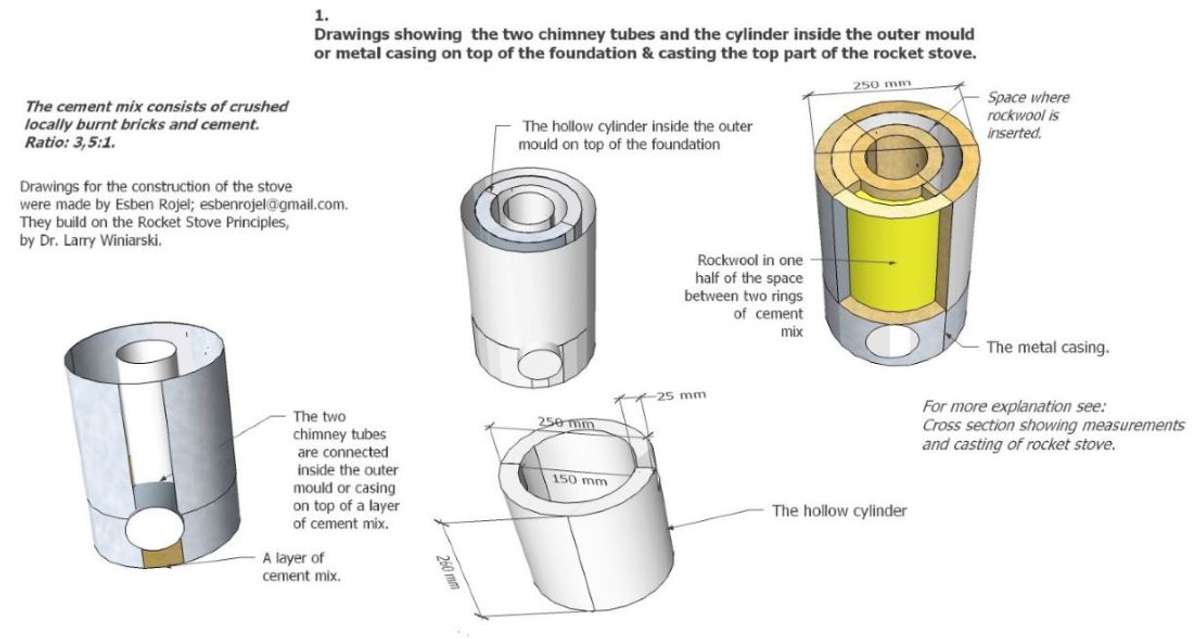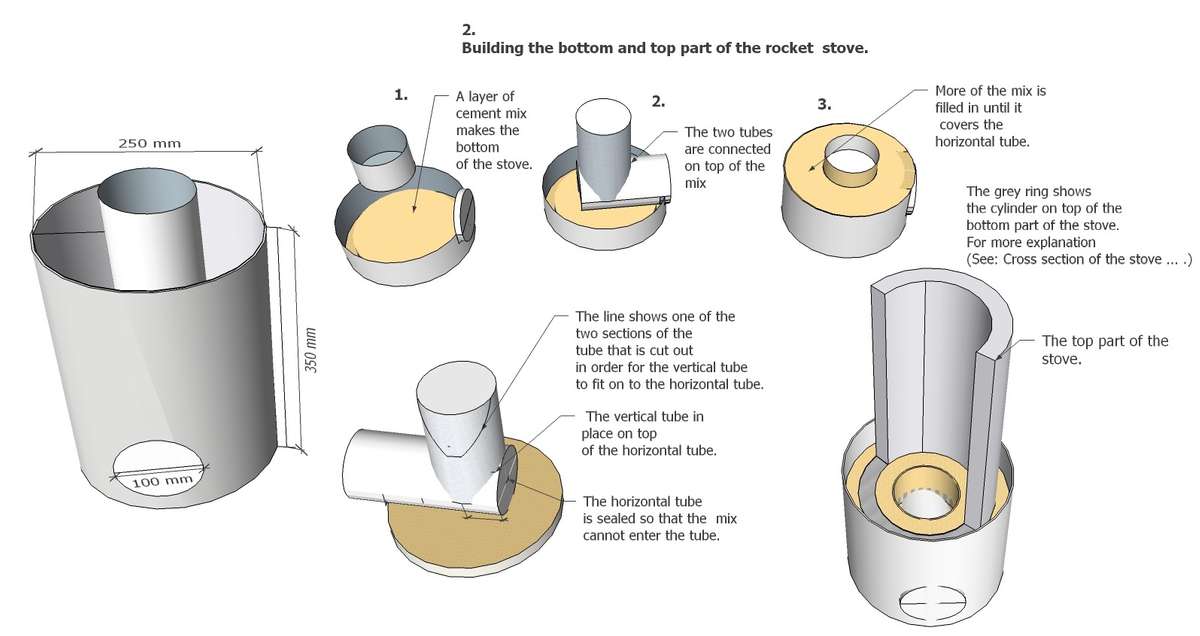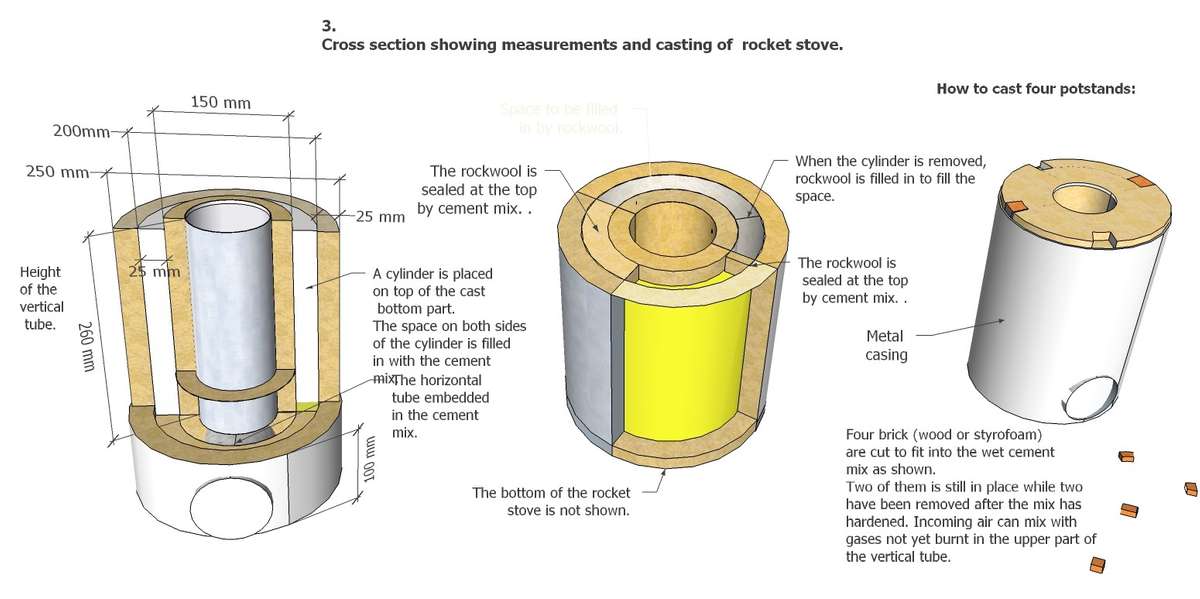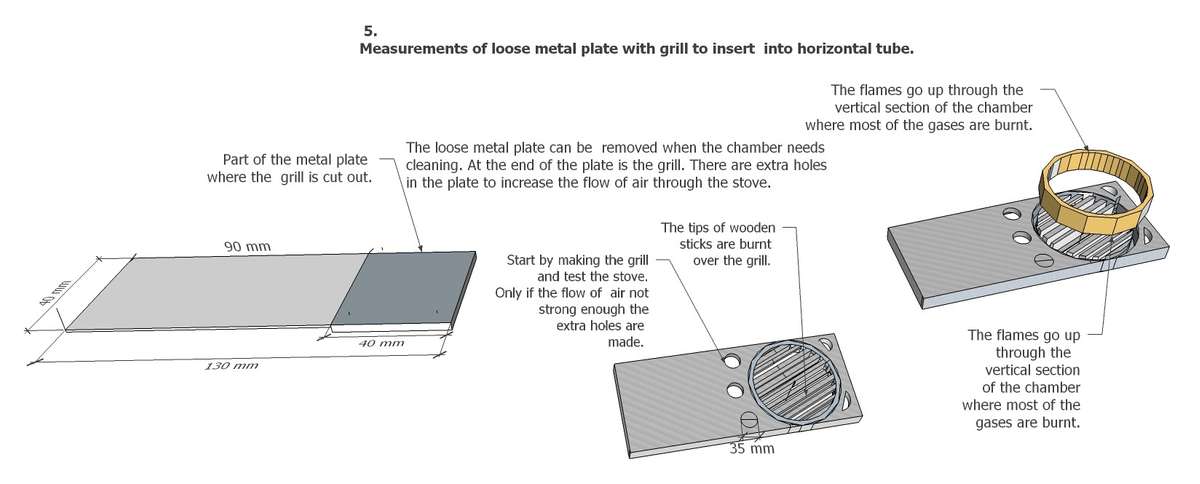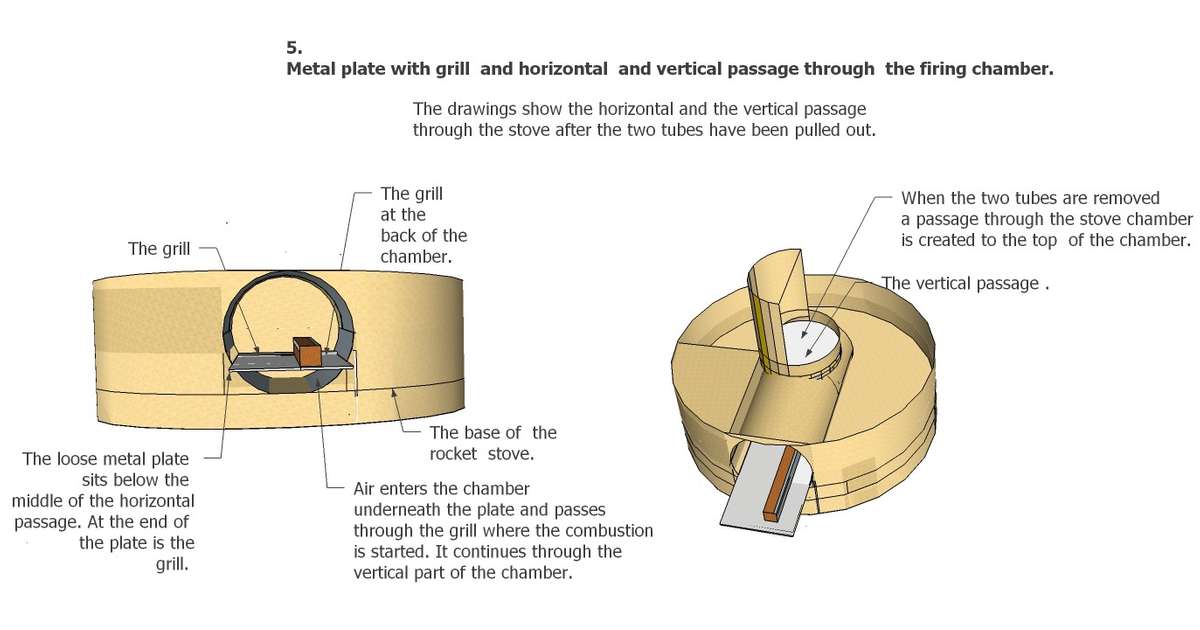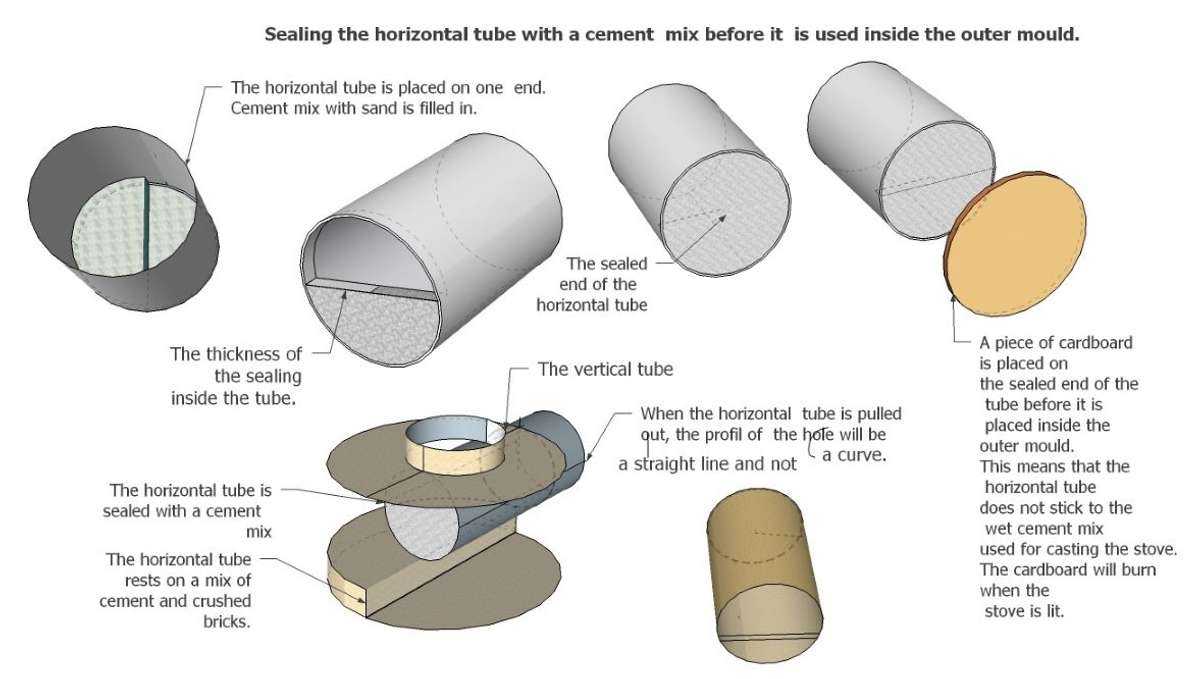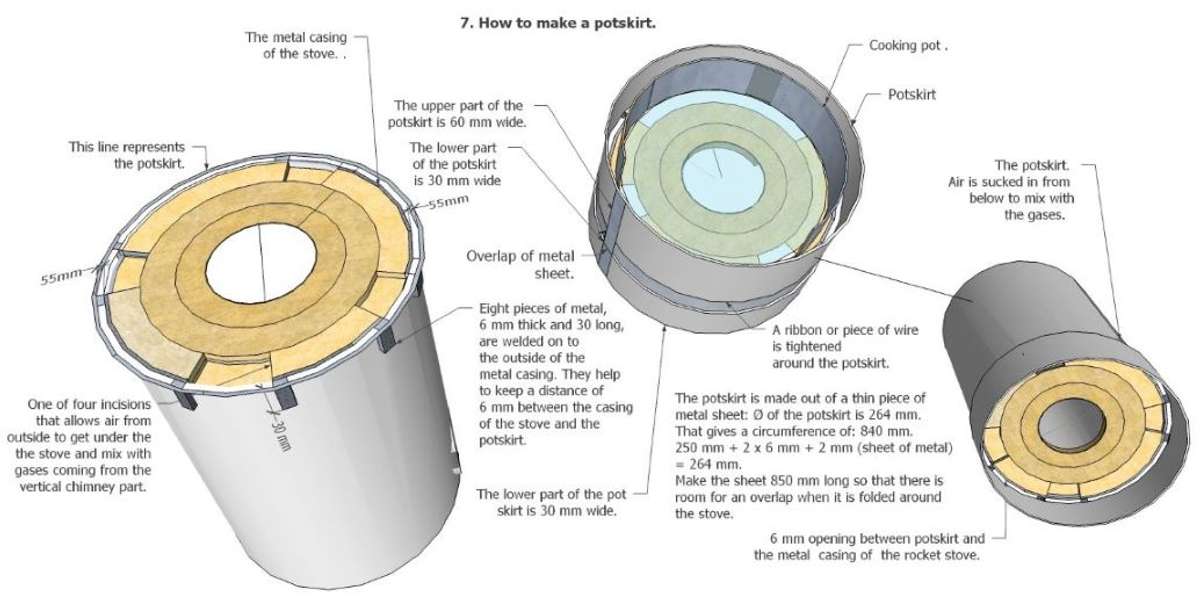Presentation of the Arusha Rocket Stove by Bethuel Mshanga
This presentation is in Swahili and is contributed by Network Member Bethuel Mshanga. This presentation is of the Arusha Rocket Stove.
Steps are detailed below:
Comments to video showing the performance of the Arusha Rocket stove, made and presented by Bethuel Mshanga (BM);bethuelmshanga@gmail.com.
Drawings for the construction of the stove were made by Esben Rojel; esbenrojel@gmail.com. They build on the Rocket Stove Principles, Dr. Larry Winiarski.
http://www.bioenergylists.org/stovesdoc/Still/Rocket%20Stove/Principles.html
The video was recorded and edited by Charles Emmanuel
The presentation shows an everyday situation in a household in Arusha, Tanzania: Cooking a pot of soaked beans.
- BM points to the stove and the twigs and sticks to be used in the cooking process.
- The heap of wooden sticks weighs 3.85 kg.
- Shavings are filled into the combustion chamber from the top followed by twigs that are pushed into the center of the stove chamber.
- The video shows the ignition. Bethuel points to the fact that no smoke is developed during this process, nor during the actual cooking. It takes between 7 and 8 minutes before the firewood or sticks in the horizontal tube start burning and the cooking pot with soaked beans is placed on the fire.
- BM points to the fact that only the tip of the wooden sticks at the center of stove chamber are burning because this is where the grill is. Gradually the sticks on the horizontal metal plate are pushed further into the chamber. Air is sucked into the chamber both under and above this loose metal plate.
- At this place BM refers to a former stove project that was introduced to villages in the vicinity of Arusha. Our plan is to introduce the rocket stove to the women’s stove groups in this area.
- Bethuel introduces his wife Happy as his assistant in their work with the stove.
- A stopwatch was set when the pot with soaked beans was placed on the stove to see how long it takes for the beans to become tender.
- The answer: It takes one hour and ten minutes.
- There is still enough energy in the ember to be able to cook other things on the stove, as demonstrated when the cooking pot is removed.
- Of the 3,85 kg of firewood that BM had ready for cooking the beans, the luggage weight balance shows that there is 2,8 kg left. So, the stove has used one kg of wooden sticks after having burnt for more than an hour. - In reality, it is even less, as BM does not add the firewood that is left in the chamber when the cooking is finished.
- BM refers to our previous stove, the jiko pacha, the twin stove, with two separate chambers connected to a common chimney block and chimneys.
- The rocket stove uses less firewood than the jiko pacha because the combustion happens only in the center of the stove, i.e., on the grill part from where the gases continue into the vertical tube. Before they reach the top of the stove with the cooking pot most of the gases are burnt. Also important is that the horizontal and the vertical parts of the chamber have the same dimension: 100 mm. This means that a strong flow of air is created through the stove which makes the firewood burn with a higher temperature than when the dimension of the combustion chamber is larger than that of the chimney pipe – as in the twin stove.
- At the end BM mentions his and Happy’s thoughts about making a shorter version of the rocket stove. Experiments made by others, however, show that a height of 350 mm goes well the other dimensions of our rocket stove.
